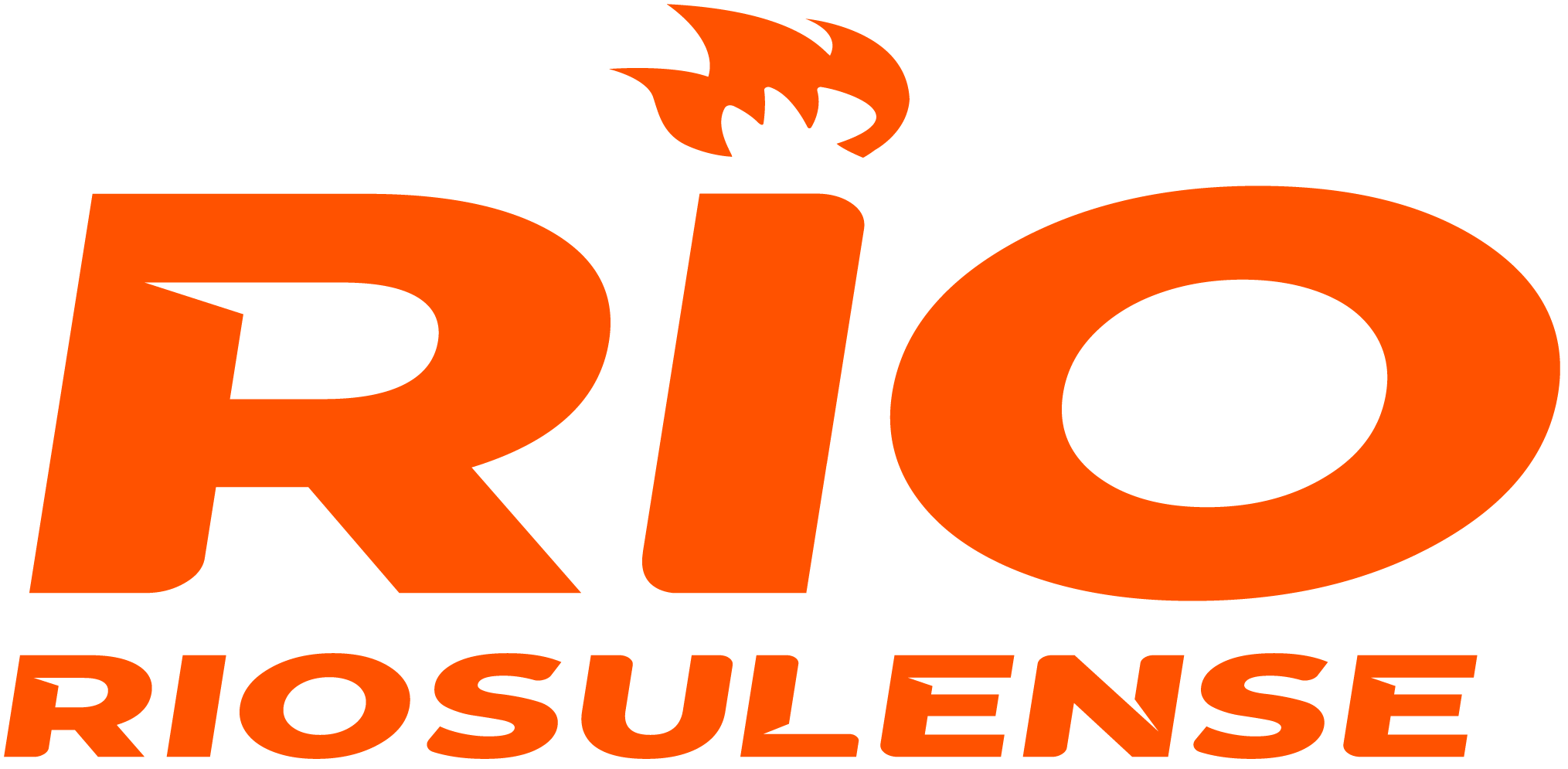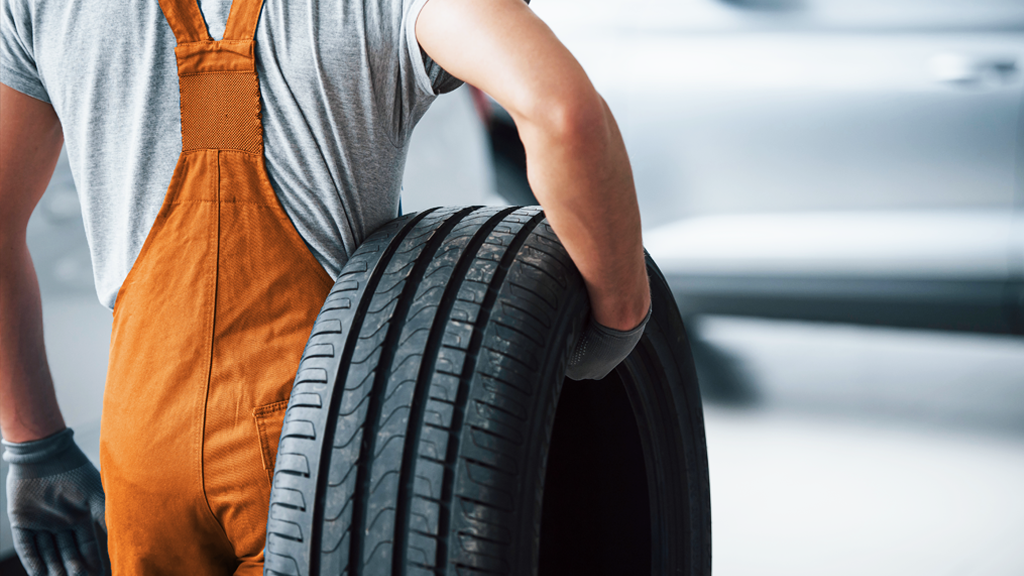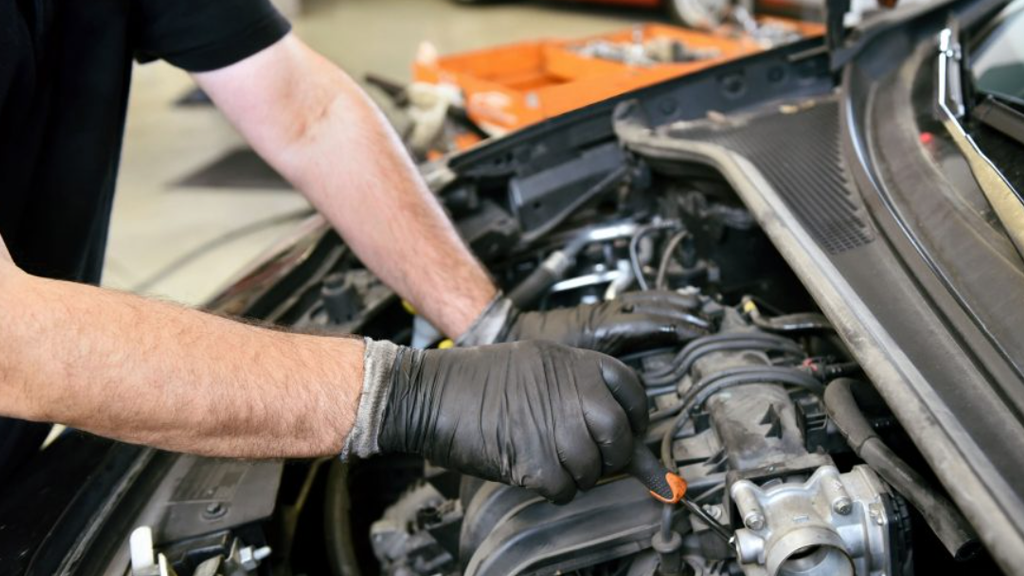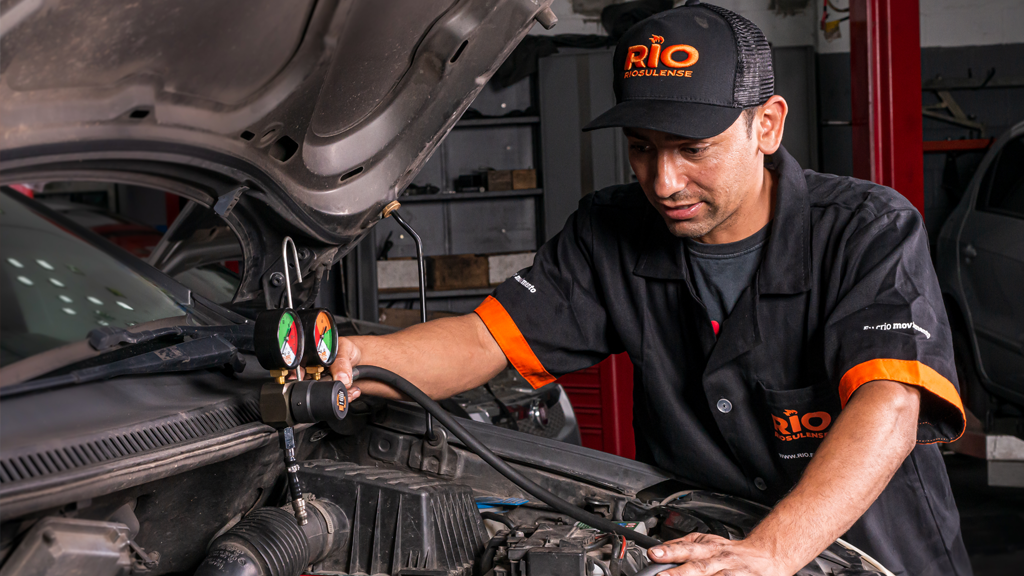Cost reduction is always an important issue for those who want to keep their budget under control. And, for drivers, it’s impossible to talk about cutting costs without taking into account fuel economy, an item whose price constantly goes through readjustments in many countries aroud the world, especially in the last two pandemic years.
Many people depend on their cars to work, move around and do their daily activities – it’s not always possible to simply abandon this means of transportation, and the better way is to find how to mitigate this cost. That is why, in this article, we’ve separated some good practices that can help make your vehicle less expensive. Come with us!
5 good practices for fuel economy
Of course, driving a car with up-to-date maintenance is an obvious practice for those who are looking for better fuel economy. Driving style is another decisive factor to get more mileage with less gasoline. However, some practices and habits that you adopt on a daily basis can, yes, affect consumption without you even realizing it, which is why we’re going to see how to avoid them! Check it out:
1 – Regulate the fuel level
Filling the tank to almost overflowing or running constantly on reserve are extreme habits that are not good for the car’s health and also contribute to increased consumption. If you are going to use the vehicle to face daily urban traffic, filling the tank to the maximum capacity will only increase the car’s weight, increasing consumption.
On the other hand, keeping it on reserve doesn’t help either, since this means more space for fuel vaporization. The evaporation loss rate goes up, and the gasoline level drops even faster. Remember: these differences may seem insignificant, but this waste accumulates over time, and so does the damage!
2 – Be careful with the tires’ calibration
Imagine pushing a car with a flat tire. It is too bad, it requires more effort. The same happens with the car’s engine. It’s more demanded when the tires are not calibrated. So, don’t mistreat your engine. When the tire is 5 pounds less than indicated by the manufacturer, for example, the car uses 10% more fuel.
Here it is important to adopt a routine of frequent checking and adjustment of the pressure, and a good tip is to always use the tire gauge when you go to the gas station to fill up. This way you avoid being caught by surprise and can keep your fuel consumption within the ideal parameters!
3 – Remember that air conditioning is your ally
Turning off the air on hot days and opening the windows is not a good idea if you want to save fuel. That’s because, especially on highways and freeways, the air turbulence that enters the cabin ends up disturbing the design’s aerodynamics and requiring more effort from the engine to keep the vehicle moving, increasing consumption even more than if you kept the air conditioning on while the windows were closed.
And to face urban traffic, the tip is to keep the air conditioner on at a milder temperature, neither at maximum nor minimum. After all, we also cannot forget that this equipment can increase gasoline consumption by 20% – or even more – since the compressor is driven by the engine belt!
4 – Oil change deserves special attention
Do you always change the oil and filter when they reach the mileage indicated in the manual? Great! But you have to keep in mind that the distance traveled is not the only important criterion to identify the need for change: the lubricant also has an expiration date!
After a certain period, the oil components degrade and its capacity is compromised, increasing the engine’s internal components friction and, consequently, the fuel consumption. Therefore, keep an eye on it and adopt, as a routine, the habit of always basing the change on the item that expires first.
5 – Neutral point is on the past
Although many people believe that it’s economical to leave the car in neutral, this practice is not recommended. If the car is disengaged and without the engine brake, the braking system will be more demanded and may fail. In this case, the tip is to leave the engine between 2 and 3 thousand rpm. If the gear is too high and the rpm is too low, this can also consume a lot of fuel.
In this case, the vehicle should always be in gear. This way it will use less fuel than if it is at engine speed. The electronic injection identifies that there is no need for acceleration and cuts the fuel.
Got it? Then let’s get to work!
You can see that ensuring more fuel economy doesn’t have to be a big deal, right? We hope these tips have helped you, and if you have other good ideas, please share them with us here!



